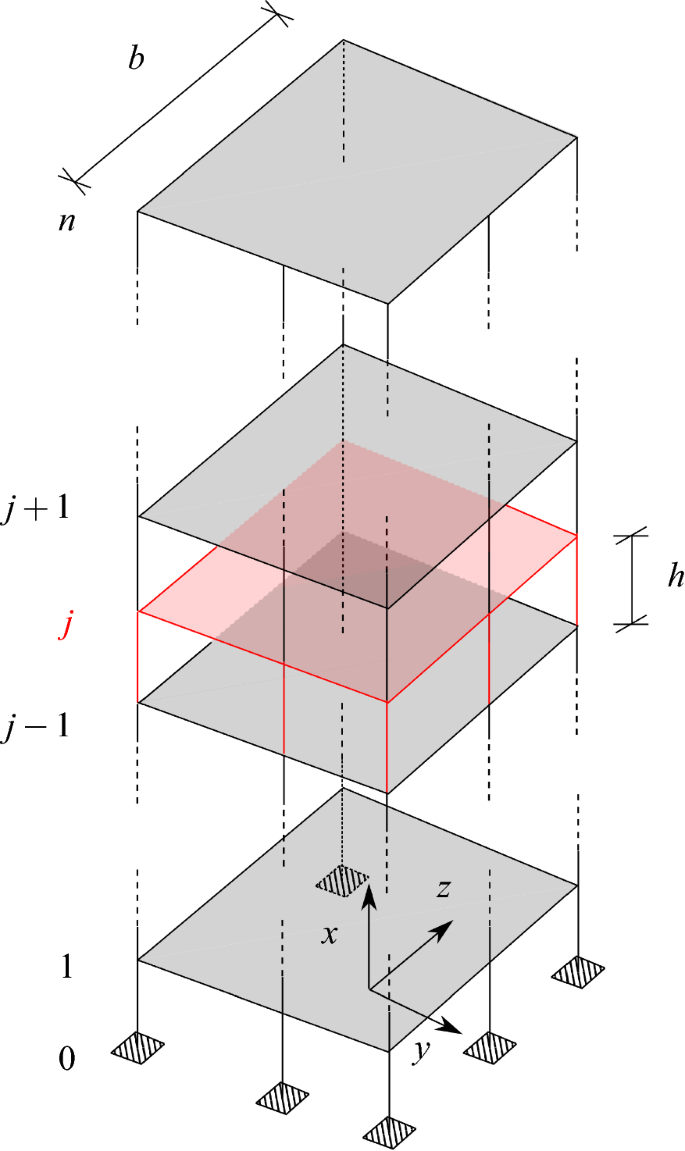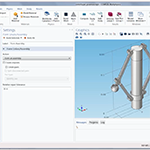

We report here the first synthesis and optical studies of the plasmon modes of highly ordered 3D gold tetrahedra, pentamers and hexamers. 25 Hence, only electrostatically assembled 3D core-satellite superstructures have been fully characterized on a substrate, although these structures are highly asymmetric due to the random distribution of the satellite particles on the core. However, although there have been reports of DNA-assembled 3D particle structures, they have invariably collapsed upon deposition onto a substrate, and no direct images of the structures could be obtained nor have optical studies been possible. 3D mesoscale tetrahedral and octahedral 20 systems have also been assembled using DNA as well as 2D 21, 22 and 3D 23, 24 lattices. DNA-based assembly 14 has already generated considerable insight into one-dimensional 15 and 2D structures 16, 17, 18, 19, including the trimer, 18 tetramer 17 and pentamer 16. In this paper, we utilize DNA-directed self-assembly to fabricate strongly coupled, 3D plasmonic structures for the first time.

Hence, colloidal assembly may provide an important fabrication method for plasmonic structures. Conversely, colloidal particles spontaneously aggregate into dense, fractal-like structures 13 with very small separations (1–5 nm) that depend on the nature of the stabilizers present. The coupling of surface plasmon modes is strongest at very small separations (<5 nm) however, it is extremely challenging to fabricate such systems by top-down lithography at present, even with high-resolution electron beam lithography. Surface plasmon resonances allow control of light below the diffraction limit and provide a potential platform for biosensing 3, for fabrication of metamaterials 4, 5, 6, 7, 8, nanocircuits 9, subwavelength waveguides 10, 11, and nonlinear optics 12. In the case of metal nanocrystals, one motivation for achieving such assembly is the possibility of creating materials with tunable optical resonances, which would facilitate the development of plasmonics. However, fabrication of arbitrary nanocrystal structures, such as cubes and prisms, composed of nanocrystal building blocks remains a fundamental scientific challenge. The crystallization of nanocrystals into two-dimensional (2D) 1 and three-dimensional (3D) 2 lattices has been studied for nearly 20 years. Fano resonances are generated if the symmetry is broken. Drastically, enhanced local fields, 1000 times higher than the incident field strength, are produced within the interstices. We conclude that self-assembly of highly symmetric, polarization-independent structures with interparticle spacings of order 0.5 nm can now be fabricated.

Polarized scattering spectra are used to elucidate the plasmon modes present in each structure, and these are compared with computational models.

Here we present a two-stage process for fabricating well-defined and highly symmetric, 3D gold nanocrystal structures, including tetrahedra, 3D pentamers and 3D hexamers. Such objects are predicted to have unique optical and electronic properties such as polarization-independent light-scattering and intense local fields. A key milestone is the synthesis of simple, regular structures, such as platonic solids, composed of nanocrystal building blocks. The three-dimensional (3D) self-assembly of nanocrystals constitutes one of the most important challenges in materials science.


 0 kommentar(er)
0 kommentar(er)
